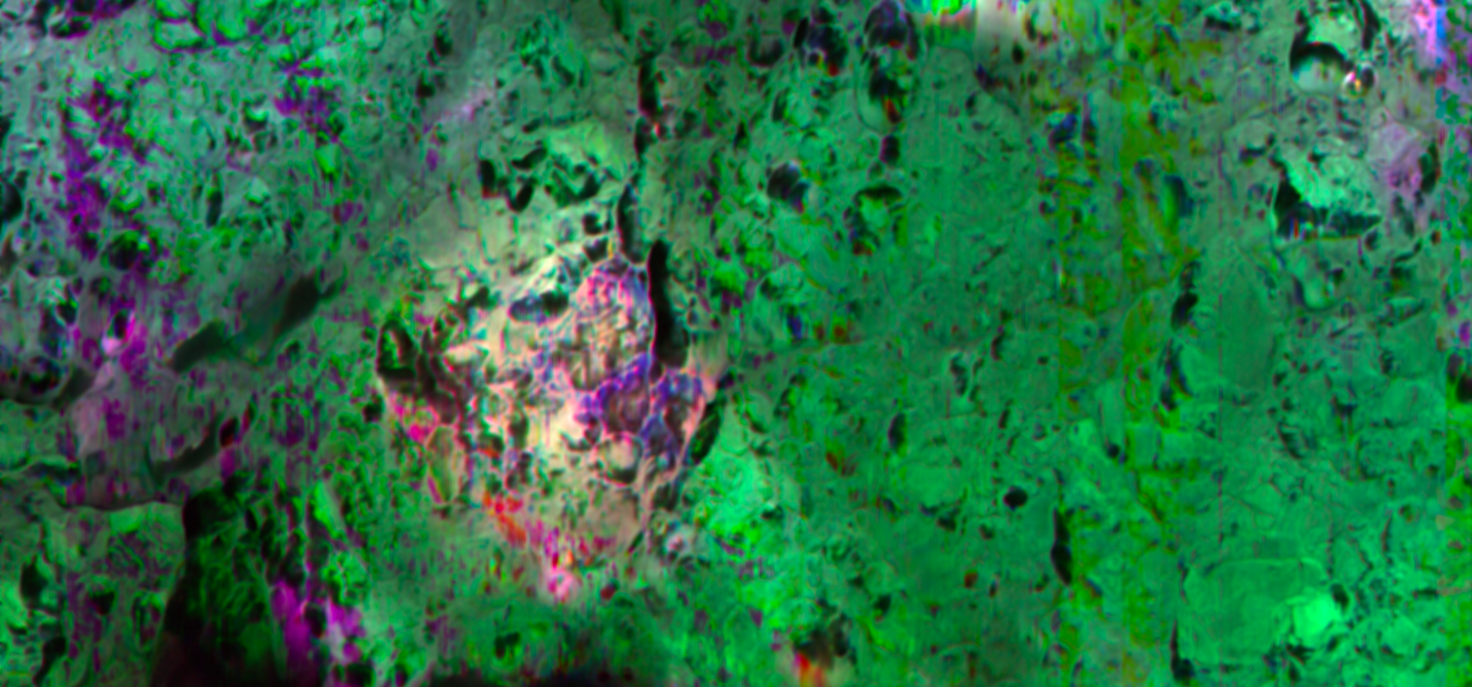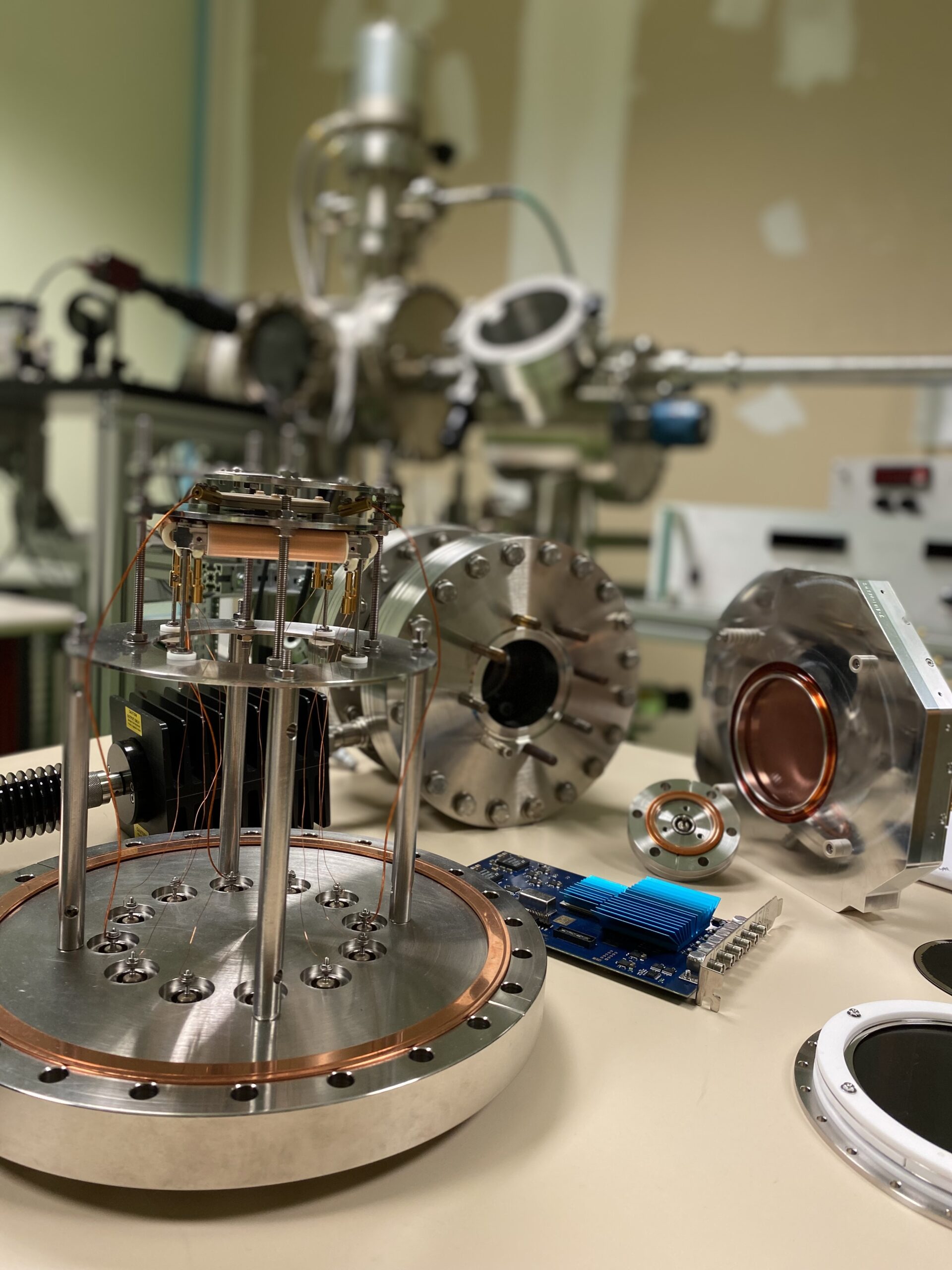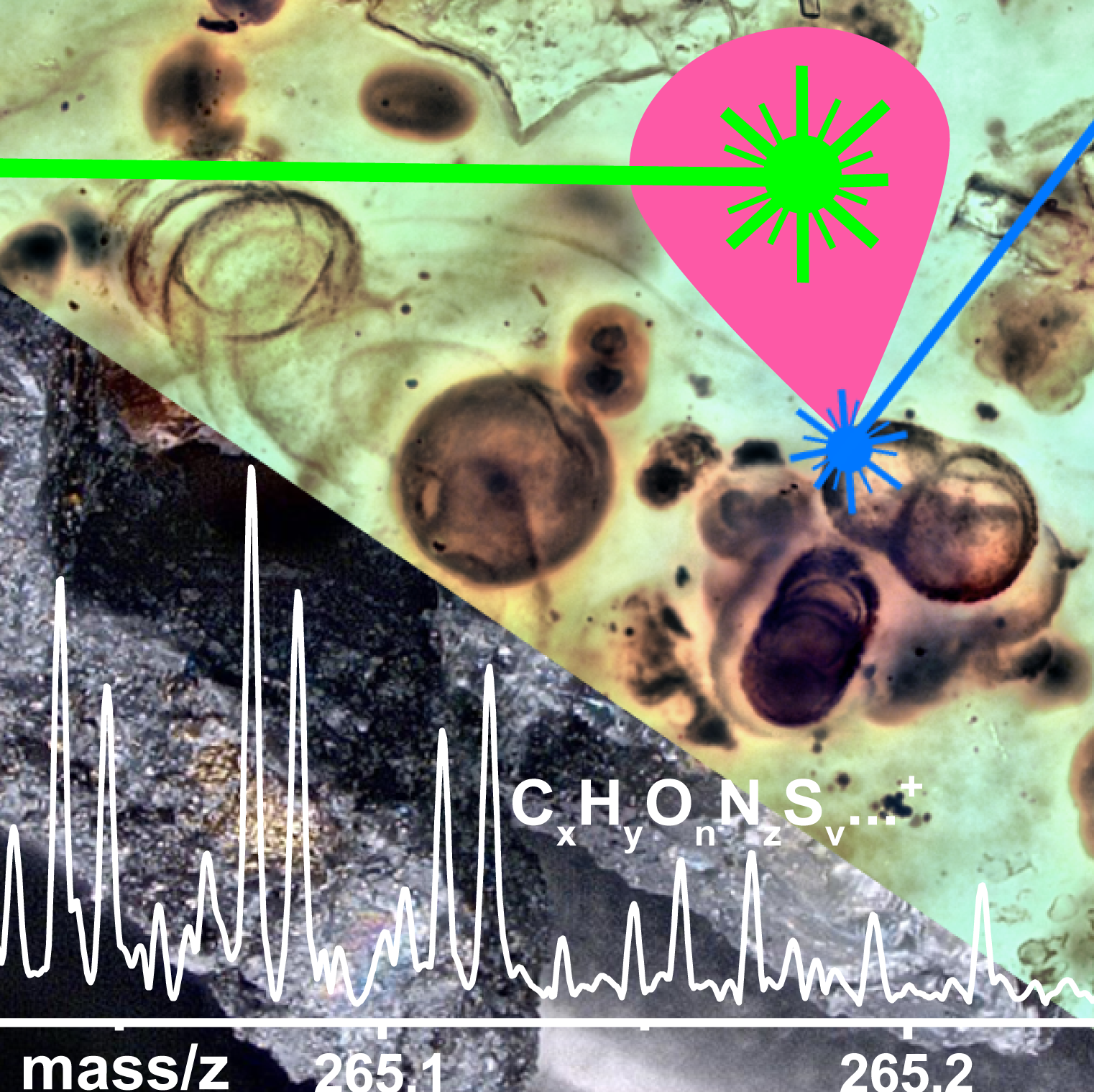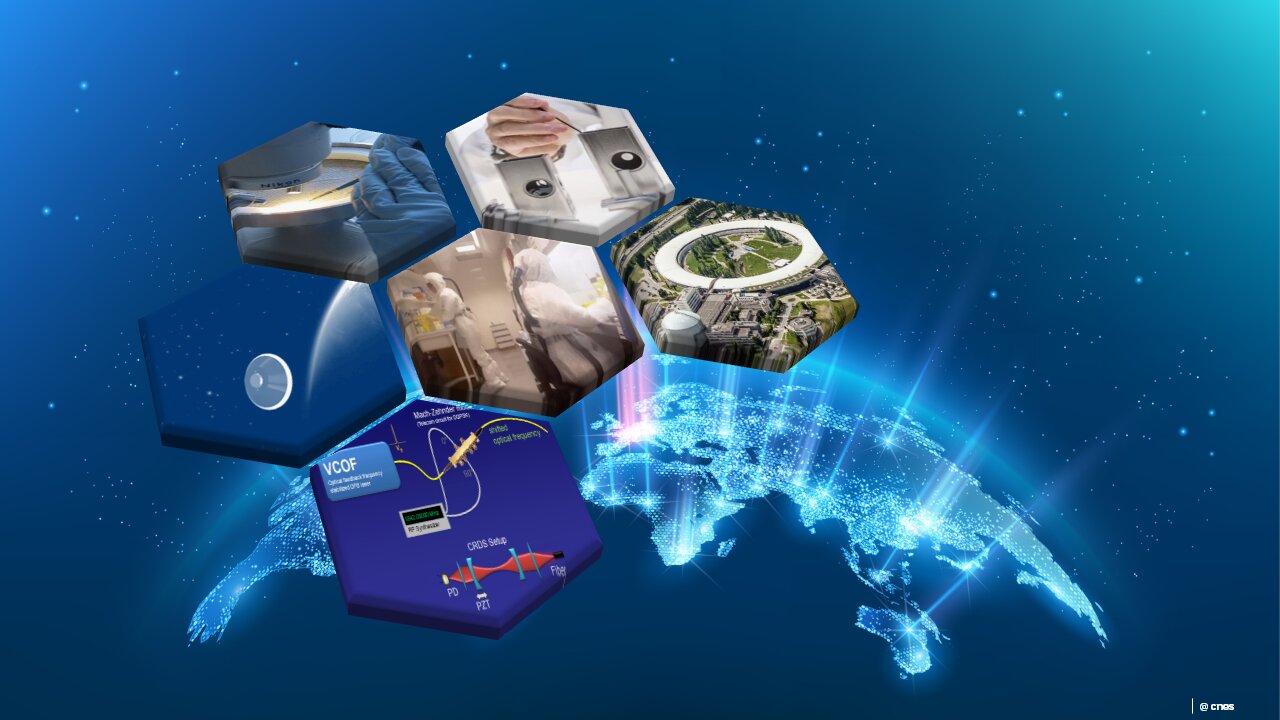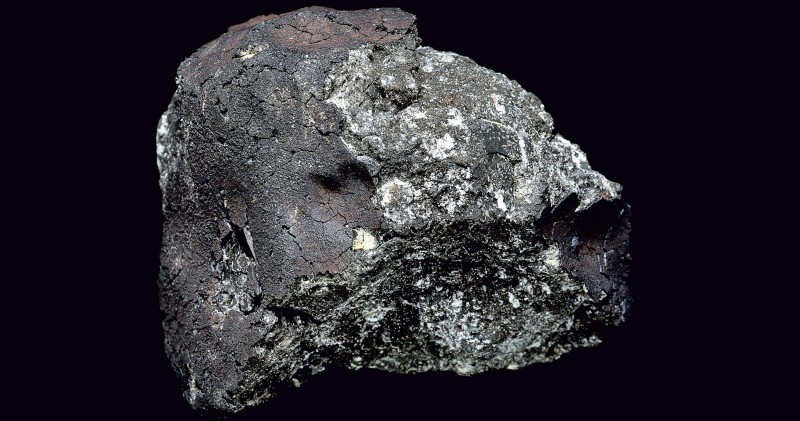
Thematic research: COSMOCHEMISTRY
Chemical and isotopic analysis of primitive materials
The Challenge
Innovative instruments for analyzing extraterrestrial materials and ancient terrestrial samples
Overview
The analysis of extraterrestrial materials will open new windows on the origin and evolution of our solar system and the emergence of life on one planet, Earth.
Scientific
framework
The scientific framework : From planets to life
To understand how life first appeared on Earth, we need to go back to its origins and early evolution. The Earth is an active planet that has lost its memory of the past, but the formation of the solar system 4.567 billion years ago is recorded in extraterrestrial samples. The Earth has preserved a number of very ancient terrains that enable us to understand its evolution over time. The detailed study of these objects will enable us to trace our origins and guide our search for possible extraterrestrial life.
Various space missions
The coming decade will see efforts, unprecedented since the Apollo and Luna missions in the 1970s, to provide international teams with space samples enabling unprecedented precision and comparison of the compositions of minerals and organic compounds present on the surface of fundamentally different objects: comets, asteroids, moons, planets.
6 small boxes to specify missions :
- Stardust : in 2006, NASA’s Stardust space mission brought back samples from comet Wild2
- Hayabusa 1 and 2 : in 2010 and 2020, samples of the Itokawa (S-type) and Ryugu (C-type) asteroids will be collected by the Japanese Hayabusa 1 and 2 missions (JAXA).
- Chang’e 5 : in 2020, China’s Chang’e5 mission (CNSA) brought back samples from previously unexplored lunar terrain (Oceanus Procellarum)
- OREx : in September 2023, the ISIRIS-REx mission will bring back samples from the surface of Bennu, a primitive carbonaceous asteroid (Type B).
- MMX : in 2029, surface samples from Phobos, Mars’ largest moon, will be returned to Earth by the Japanese MMX mission (JAXA).
- MSR : beyond 2030, samples currently collected by the Perseverance rover on the Mars 2020 mission are to be brought back by the Mars Sample Return mission (NASA/ESA).
Comparison with exceptional collections of materials
Comparing these results with those obtained from sampling the different types of meteorites, micrometeorites and interplanetary dust already available in our collections will be an essential step towards better understanding the origin of planets and the elementary building blocks from which life emerged on Earth, probably over 3.5 billion years ago.
Instruments for exceptional samples
The international scientific community is organizing itself to develop new-generation instruments to extract maximum information from these new samples. We need to be able to characterize heterogeneities down to the tiniest size scales (sub-µm). The challenge is also to manipulate and characterize small (submillimeter) samples or fragments of samples in controlled atmospheres.
Axis managers :
Jean DUPRAT : jean.duprat@mnhn.fr
Maud BOYET : M.Boyet@opgc.univ-bpclermont.fr
